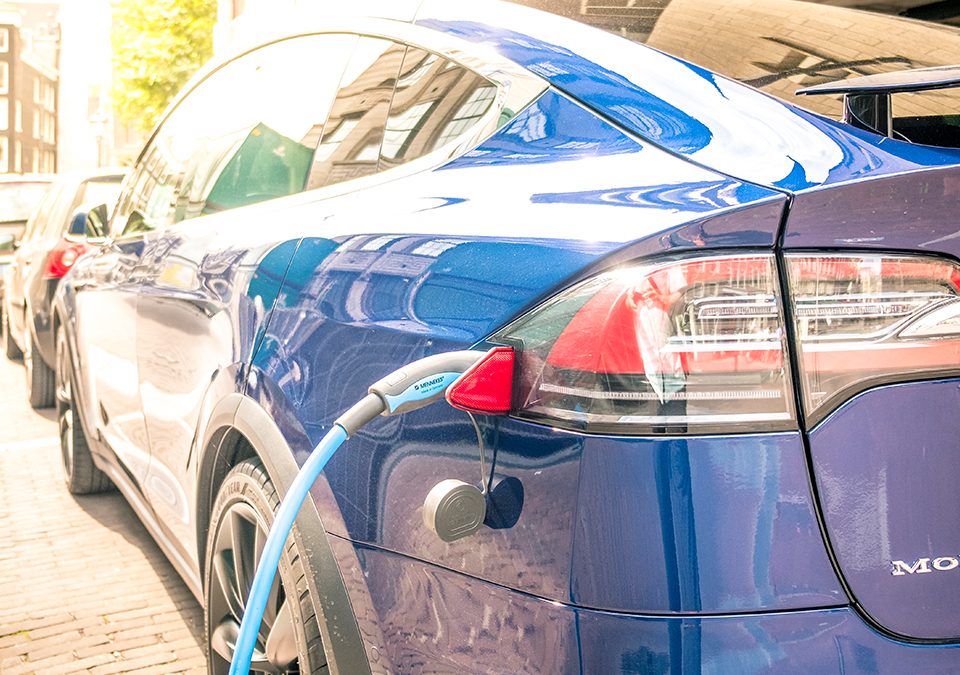Baby, It’s Cold Outside
Kicking Off 2018 and Examining the Energy Playbook
January 4, 2018PACE Continues Florida Engagement on Deregulation
January 11, 2018The great majority of U.S. citizens east of the Mississippi have engaged in popular January 2018 conversations – first, “it is so, so [insert profanity of choice] cold outside.” In the greater D.C. metropolitan area, that is quickly followed by “why are the [choose another profanity] schools closed AGAIN?” Involuntary confinement to home offices has allowed energy policy observers to freely opine on the impacts of winter storms and the deep-freeze. Articles and blogs are piling up like …
While “Deep Freeze 2018” (there isn’t yet a catchy “Polar Vortex” phrase for this event, and “snow bomb” doesn’t apply in D.C. where less than one inch fell last week) hasn’t caused actual freezing of pipelines as seen in 2014, it has once again highlighted some fundamental truths. A diverse fuel mix is incredibly important to keeping lights and heat going. Intermittent renewable sources that depend upon ideal weather conditions cannot get the job done alone, especially given the current state of storage technology and the transmission grid.
Reviewing triple-digit spot gas prices over the weekend inspired me to take my daughter and her friends to “The Last Jedi” and buy extra-large popcorns as it seemed less expensive than sitting inside another day with two gas fireplaces running. I don’t have dual-fuel fireplaces and so cannot emulate some of the power plants which burned wood waste to make it through (thereby adding to renewable energy’s share of the Deep Freeze power mix).
In late December, analysts at Bloomberg New Energy Finance noted that natural gas prices had crept up to $18/mm BTU, already making coal more economical to run. Last week, DOE’s Office of Fossil Energy reported that “coal was the leading provider of electricity for heating in the East” and that “©oal beat out every other form of power plant in the federally overseen PJM electricity market.”
DOE also cited Florida’s Jacksonville Energy Authority (JEA), as reporting fuel dispatch prices for natural gas plants ranging from $6.73/mm BTU to $9.59/mm BTU, while dispatch from coal-only plants showed as $2.38/mm BTU to $3.9/mm BTU. What looks like small differences in fuel prices translates to large impacts on power costs.
Deep Freeze 2018 isn’t just a “coal rules” story. Instead, it reminds us that stable baseload resources that are ready to run are still the backbone of the power grid. If we push too many coal, nuclear and natural gas plants out of the market, in crunch-time, we will rely too much on fuel oil, as occurred in ISO New England and New York last week.
Yesterday, the Federal Energy Regulatory Authority unanimously rejected DOE’s proposed “Grid Reliability and Resilience Pricing Rule” which sought to guarantee compensation for some plants that keep a robust fuel supply on-site and can respond handily in extreme situations. In the wake of Deep Freeze 2018, that surprise move may raise even more questions about what to do next time it’s this cold outside.


